When in nature I am particularly fascinated with old trees. I often stop walking and look at them for ages. I have sketchbooks upon sketchbooks filled with sketches and writings about trees. The act of focused observation brings about a deepened awareness of nature and of the moment in time.
Nature and its processes are unresting and also unhurried. The more I focus on this vein of thinking the more I am aware of a depth in the processes of the universe that makes our petty everyday concerns seem like surface ripples.
| Some of this idea of the ephemerality of our walking the earth is expressed in these studio experiments. Made out of newspaper and grass these empty footprints mark absence, loss and fragility of existence. |
Newspaper with all of its stories is the very essence of worldliness. It also epitomizes the ephemeral as its value is over as soon as it has been read. In this work I have dissolved newspaper into organic materials-grass, henna, vegetable wastes, coffee, to contemplate upon the fleeting nature of worldly concerns in the face of the more pervasive nature of universal forces.







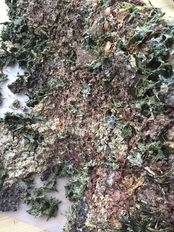


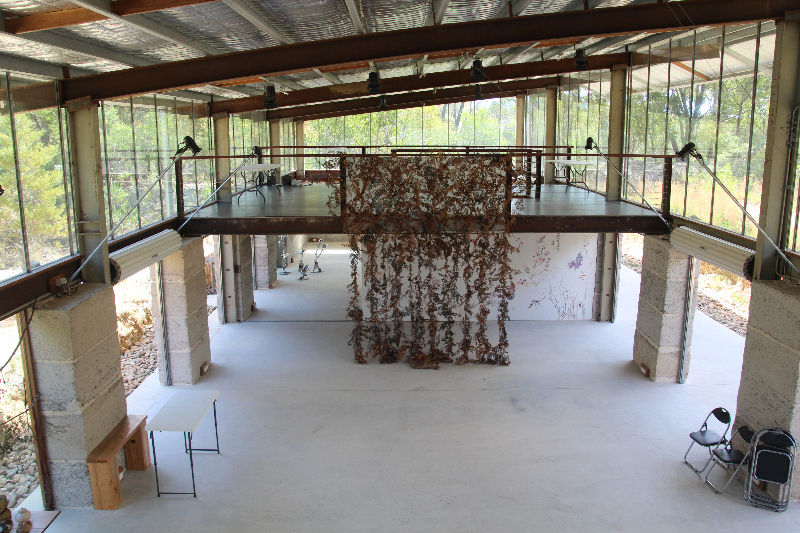






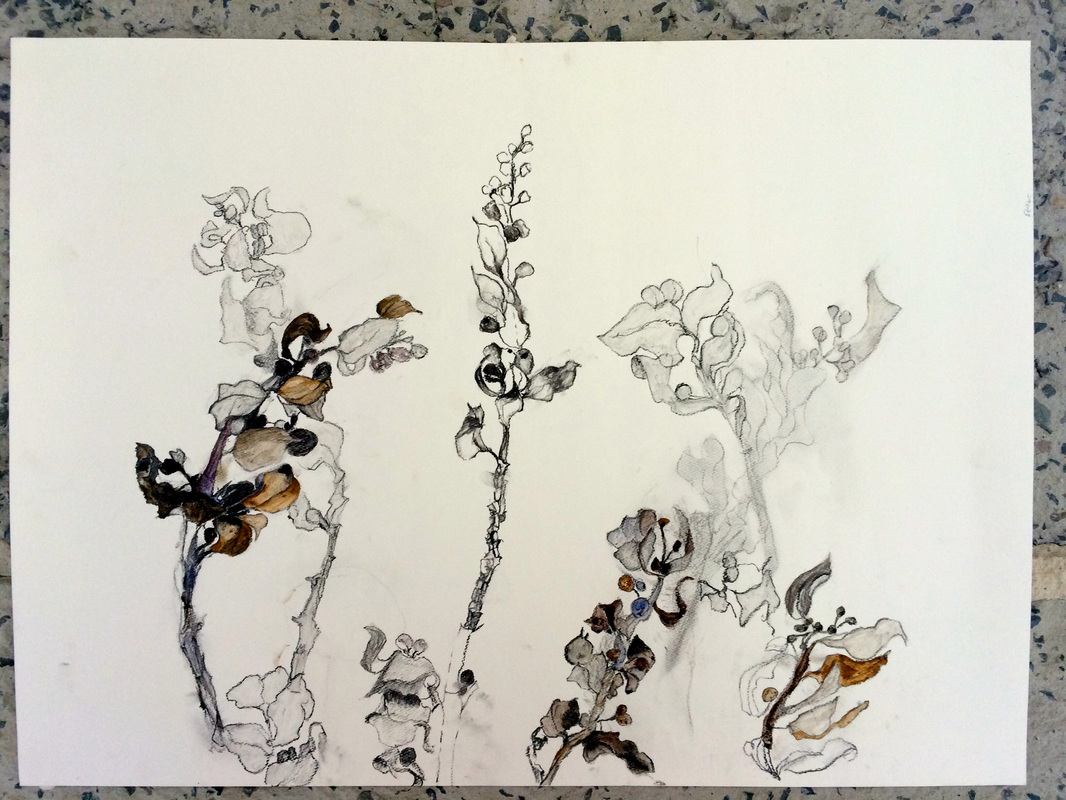
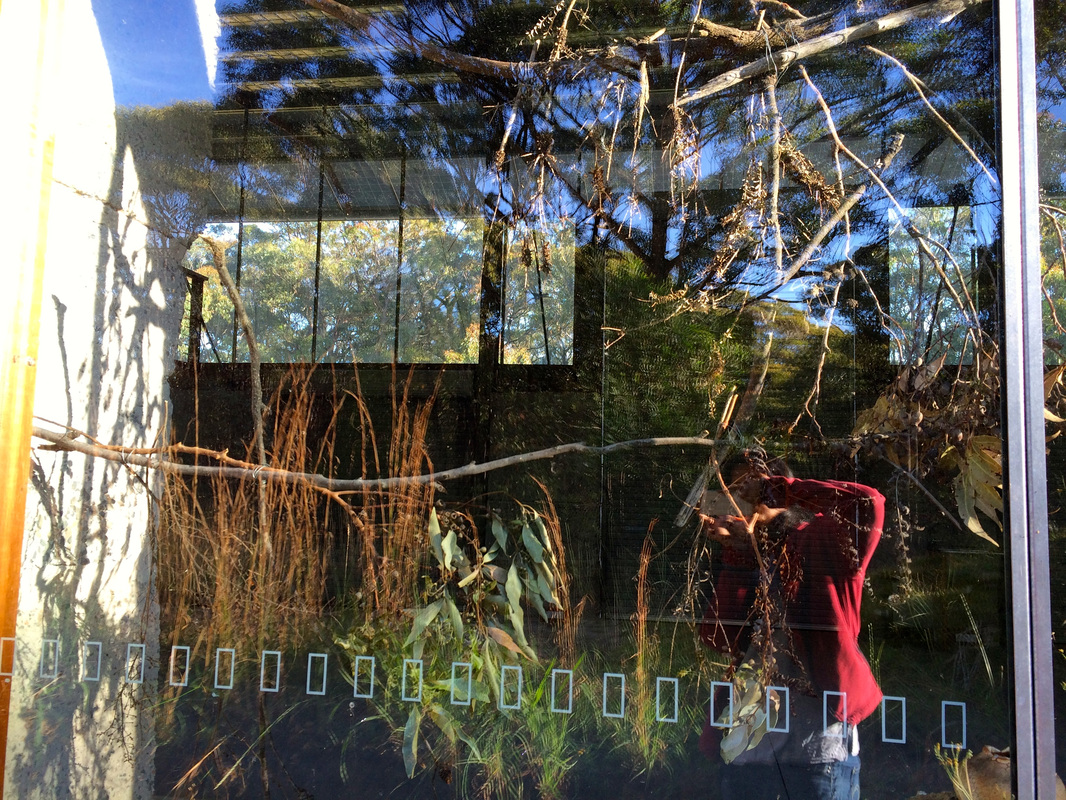
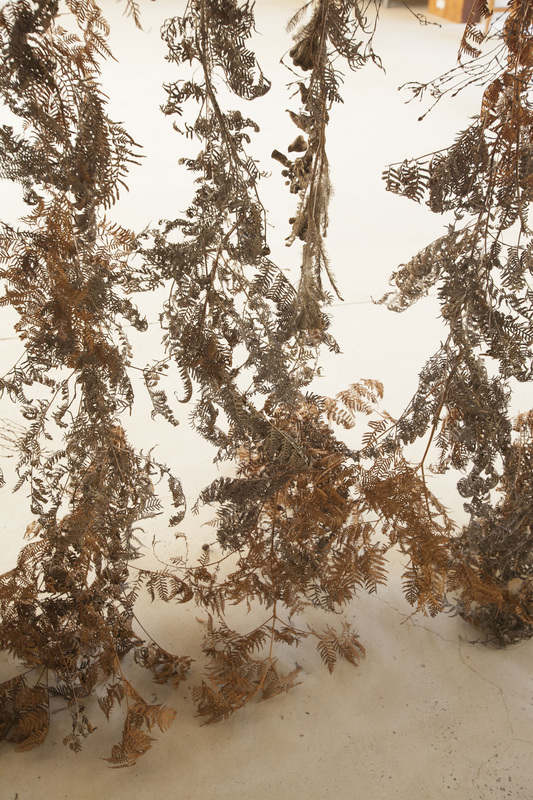
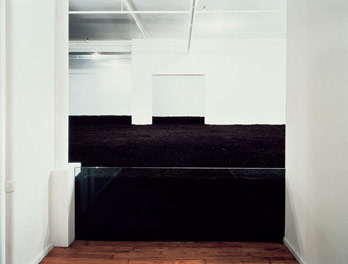
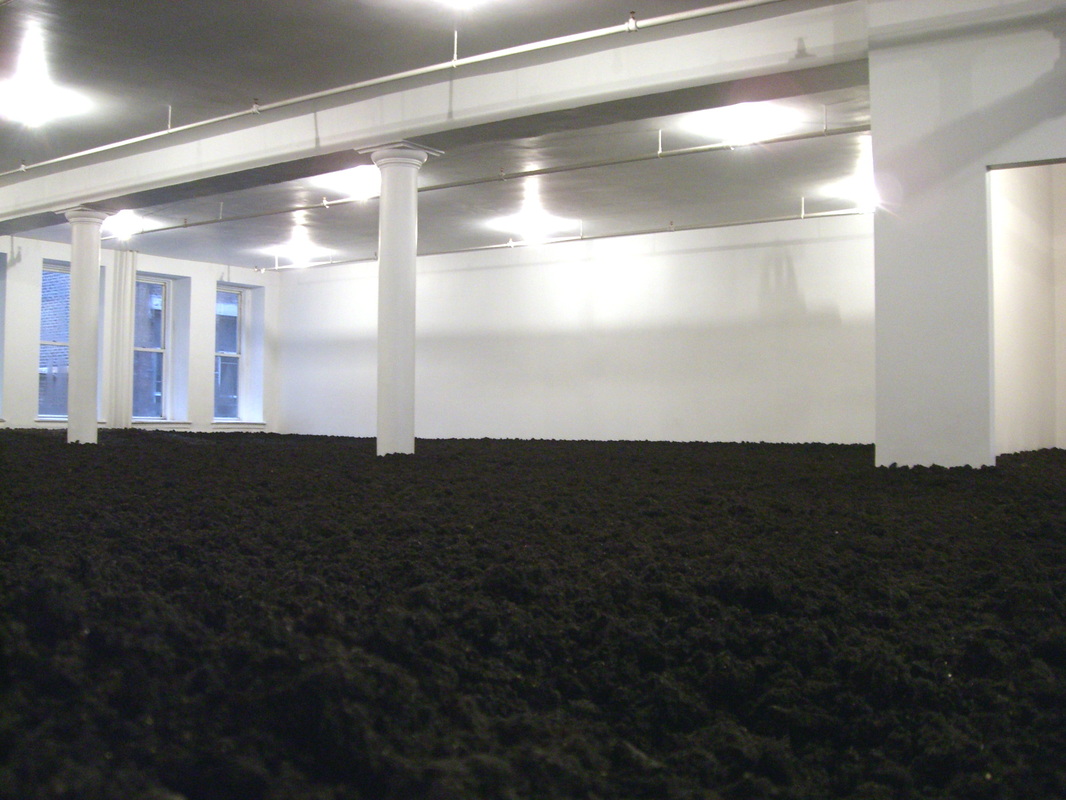
 RSS Feed
RSS Feed